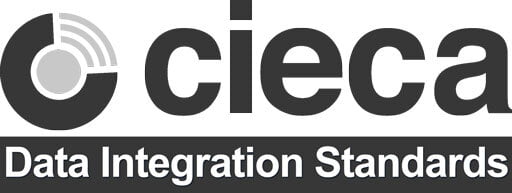Just over a year ago, CIECA’s Emerging Technologies Committee was reviewing pain points in the collision industry. They found that the different terminology used by auto manufacturers for OEM repair procedures often leads to technicians finding it challenging to locate the information they need to provide to the information providers’ software programs. It can also potentially cause delays and impact customers.
As a result, CIECA committee members determined that OEM repair procedures and build sheet data needed to be addressed. They proposed forming the CIECA OEM Repair Procedures Committee to look at standardizing the data.
Formed in 2022, the committee is comprised of representatives from different industry segments. It is chaired by Mark Allen, Manager Collision, Equipment & EV After Sales Service at Audi of America, and Phil Martinez, Technical Consultant at Mitchell International, an Enlyte Company, who has represented Mitchell on the CIECA Board of Trustees and Executive Committees.
“The committee is made of great professionals that bring their different perspectives and needs to the conversation,” said Allen, an active CIECA committee who participates in the Emerging Technologies Committee and has presented at the CIECA CONNEX Conference. “My perception is that all are very interested in this coming to fruition and it’s simply a joy to collaborate with such a creative group.”
“We needed businesspeople as much as we needed technical people to ensure we develop standards and solutions that meet the needs of our industry,” said Martinez, CIECA’s past chair, who has led the development of CIECA Standards since the organization was founded.
Paulette Reed, CIECA’s technical project manager, said the committee is working to find a common way to retrieve repair procedures and build sheet data. “Common categories of repair will help reduce the time spent estimating the correct and safe repair of the vehicle,” she said.
Allen said there are many advantages to having OEM repair procedures available in the estimating systems. These include equal accountability and shared knowledge in the conversation between insurance representatives and collision repairers; consumer awareness and transparency of the complete repair process; and providing recyclers and auction houses a better understanding of the vehicles’ service life. In addition, Allen said that it will enable a record to exist that will follow the vehicle through the end of service.
With vehicles and repairs becoming more complex, committee organizers said the users of this data will be critical in the committee to develop the data standards and relieve pain points the industry is experiencing. The goal of the committee is to provide data standards that promote quality and safe repairs.
“The complexity of the repair process is well beyond the ‘tribal knowledge’ that once ruled the collision repair industry,” said Allen. “This transparency will help those who have professionalized their business to have a one-stop shop.”
He said it is a great way forward to professionalize and recreate a long-time tarnished industry image. “With this knowledge, action and professionalism, we are in exciting times,” said Allen.
